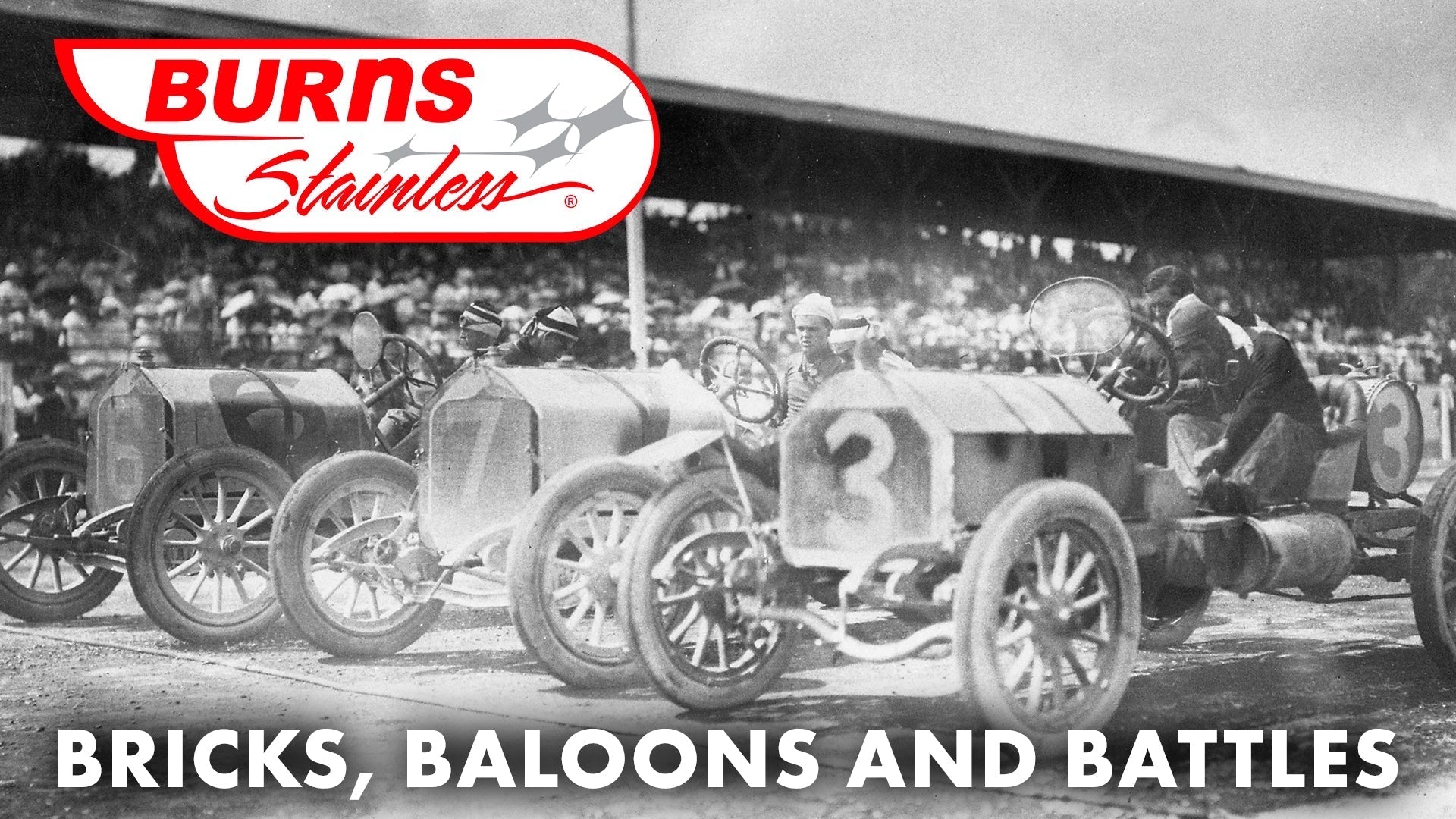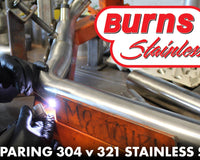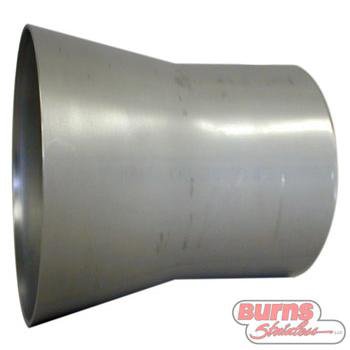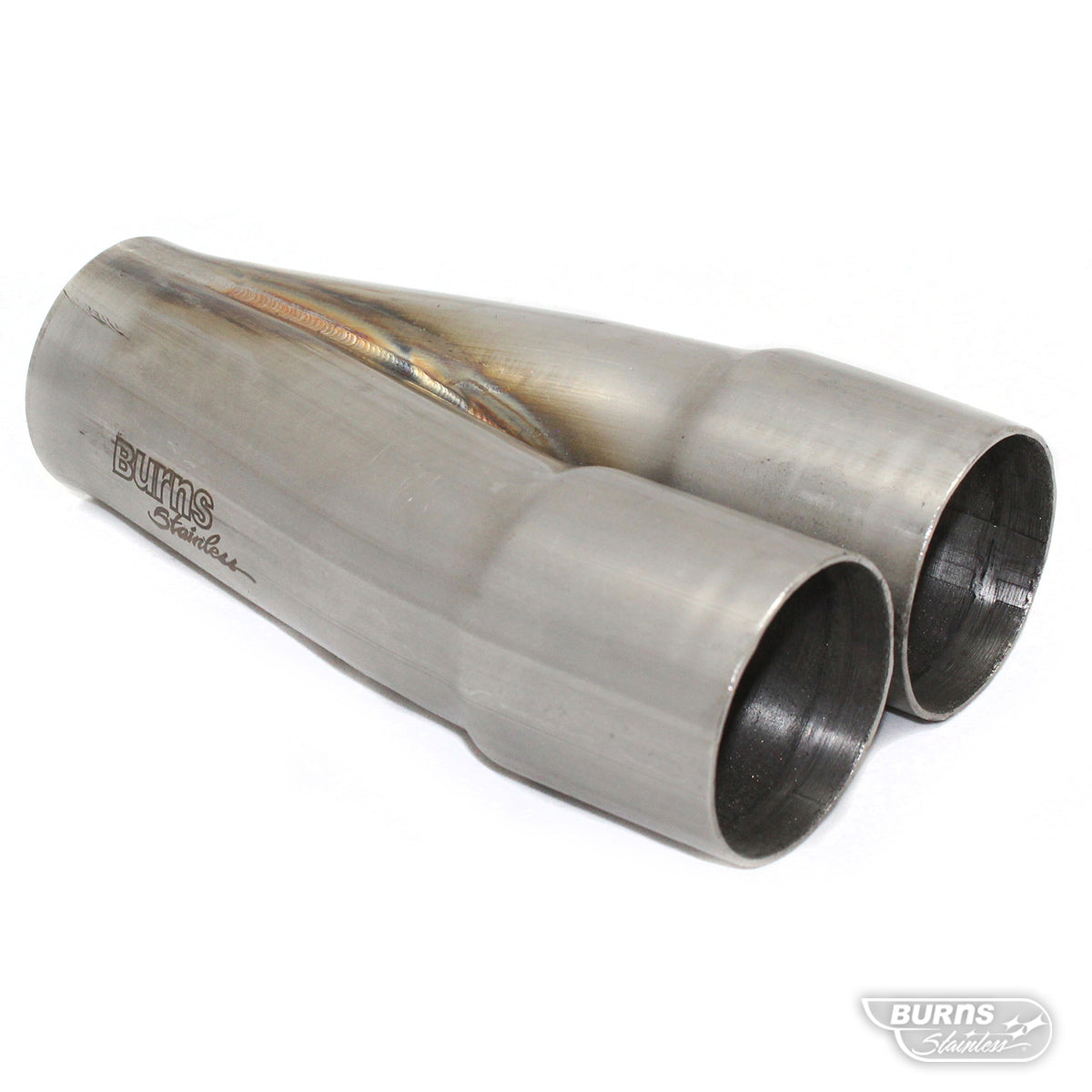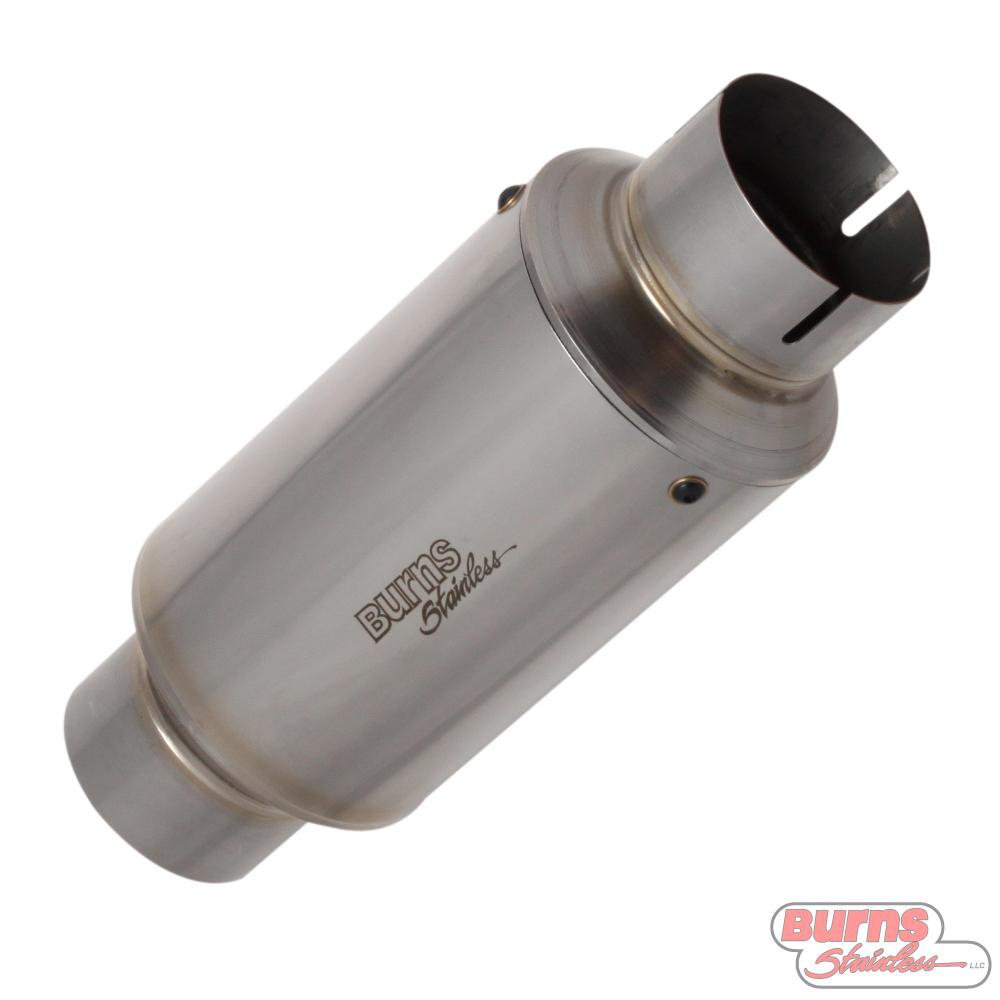The incredible history of the Indianapolis Motor Speedway.
Watching the recent Indy 500 this weekend, we wax nostalgic a bit when this historic track was built.
“It was a perfect mild day.” Says great grand-dad Burns* about his trip as a young boy at the opening of the Indianapolis Motor Speedway in August 1909. "The local "Indianapolis Star" was following the construction of the track for months. We couldn't wait to go, saving our allowance and doing odd jobs to afford a ticket." Burns continues.
Earlier in the summer balloon races officially opened the track followed by motorcycle races, and now the famous automobiles roll along the then crushed rock and tar surfaced banked squared-oval track. The 2.5-mile circuit remains relatively unchanged with two 5/8-mile straightaways, four identical ¼ mile 90° turns connected by two 1/8 mile “short chute” straights. This is the second purpose-built banked oval racing circuits and the first to be called a “Speedway”. Today the 250,000+ seats of the Indianapolis Motor Speedway make it the highest capacity sports venue, and the third oldest permanent racetrack in the world.

Carl Fisher, entrepreneur, real estate developer and auto industry pioneer first envisioned building the speedway in 1905. He was interested in finding a better means of testing cars before delivering them to consumers. Racing itself, was a great way to promote the cars and at the time motor racing was done on dangerous and ill-suited horse tracks and public roads. He argued that spectators did not “get their money’s worth” seeing only a brief glimpse of the cars speeding down a linear road. He envisioned a 3 to 5-mile-long track with smooth 100-150-foot-wide surfaces to give manufacturers an chance to test cars at sustained speeds and give drivers a chance to learn their limits. He predicted speeds could reach to 120 mph on a 5-mile course. After visiting Brooklands, outside of London, England, he was determined to build the speedway. Fisher is quoted as saying: “Indianapolis is going to be the world’s greatest center of horseless carriage manufacturing, what could be more logical than building the world’s greatest racetrack right here?”
The Speedway Construction Takes SPEED!
In December of 1908, Fisher convinced fellow enthusiasts to join him in purchasing the 328-acre Pressley Farm for $72,000.00. The group formed the Indianapolis Motor Speedway Company on March 20, 1909, with a capitalization of a quarter of a million dollars. After three iterations, the track was laid out in its configuration still present today.

King Brothers Construction Company was tasked with the surfacing of total 5 miles of racetrack (another 2.5-mile road course in the middle of the oval) in a mere 60 days in March of 1909. 35 men tarted the work and before the week was over more than 200 added to the crew to get the project done on time. Wonder-working steam shovels and rollers built up 12-foot-high banks on the four corners. In all, 5 steam tractors, 300 mules, 150 scrapers, four six-ton and three ten-ton rollers are used to create a smooth surface. A miniature model was available at the site. Made of cement, the 8-foot-long diorama gave a depiction of what the “Speedway” would look like when finished.

All the while surface construction is happening, the grandstands, dozens of outbuildings, pits, bridges and an 8-foot perimeter fence was built then painted white with green trim and roofs. To add to the spectator interest, each garage in the pit has it’s own 80 foot flag pole with a flag designating that driver. If a driver is taken out of the race due to malfunction or crash, the flag is lowered.
Safety was always an issue and in the construction of the speedway, Carl Fisher selected the “Farmhouse Dinner Bell” as a unique means of summoning help in case of accidents. Three such bells chosen for their particular tone were installed around the track. During an exciting motor race, the thundering noise of the racing machines, the cheers from the spectators and the honk of thousands of horns an average whistle cannot be noticed. Telephone stations were also installed at various points of the track under the supervision of the director of contests. The lines run to two announcing stations where results and incidents can post to patrons as to what is taking place.
 On the 19th of August 1909 15 carmaker teams arrived at the track for practice. The track surface became a concern as dirt, and oil covered the drivers and ruts were forming in the turns. Speedway workers oiled and rolled the track before the race day crowds entered the gates. 15-20 thousand spectators paid up to $1.00 for a ticket. Halfway through the first 250-mile event, race leader and co-founder of Chevrolet Motors Louis Chevrolet was temporarily blinded when a stone smashed his goggles. Wilford Bourque driving a Knox, suffered a suspected rear-axle failure resulting in his car flipping end over end on the front stretch before crashing into a fencepost killing both he and his mechanic Harry Halcomb. This first day resulted in four finishes and two land-speed records but concerns over safety let AAA officials to consider canceling the remaining events. Fisher repaired and convinced the officials that the race must go on. The second day saw 20,000 spectators, no major accidents and additional speed records broken. On the third day 35,000 spectators watched the 300-mile grand finale race. Just past the halfway mark of that race Charlie Merz’s car mowed down five fence posts and toppled dozens of spectators. Two spectators and his mechanic Claude Kellum were killed in the crash. 10 laps later Bruce Keen struck a pothole and crashed into a bridge support. The race was halted, and the drivers were given engraved certificates instead of trophies.
On the 19th of August 1909 15 carmaker teams arrived at the track for practice. The track surface became a concern as dirt, and oil covered the drivers and ruts were forming in the turns. Speedway workers oiled and rolled the track before the race day crowds entered the gates. 15-20 thousand spectators paid up to $1.00 for a ticket. Halfway through the first 250-mile event, race leader and co-founder of Chevrolet Motors Louis Chevrolet was temporarily blinded when a stone smashed his goggles. Wilford Bourque driving a Knox, suffered a suspected rear-axle failure resulting in his car flipping end over end on the front stretch before crashing into a fencepost killing both he and his mechanic Harry Halcomb. This first day resulted in four finishes and two land-speed records but concerns over safety let AAA officials to consider canceling the remaining events. Fisher repaired and convinced the officials that the race must go on. The second day saw 20,000 spectators, no major accidents and additional speed records broken. On the third day 35,000 spectators watched the 300-mile grand finale race. Just past the halfway mark of that race Charlie Merz’s car mowed down five fence posts and toppled dozens of spectators. Two spectators and his mechanic Claude Kellum were killed in the crash. 10 laps later Bruce Keen struck a pothole and crashed into a bridge support. The race was halted, and the drivers were given engraved certificates instead of trophies.

Shortly after that fateful weekend, Fisher and his team began looking into better surface care.” Paving was relatively new, brick was proven to be the best surface to use. 63 days in the fall of 1909 3.2 million 9.5-pound red clay bricks were laid on top of the surface to upgrade the track. At the same time a 33-inch-high concrete wall was built in front of the main grandstand and around all four corners to protect spectators. The final brick added to the track was made of gold and laid in a special ceremony by Governor Thomas R. Marshall.
Great-Granddad Burns was at that ceremony when an Indianapolis Star reporter stopped the young boy and asked him what he thought about the new track: “It’s the finest brickyard in the WORLD!” Exclaimed the excited teen. Since then, the speedway is dubbed as the “Brickyard”.
A 3-foot-wide strip across the track surface at the start line is all that remains of the brick surface today.
Did you know the Gill Fluid Level Sensors we sell are used by many Indy Car race teams.
*Fictional character

